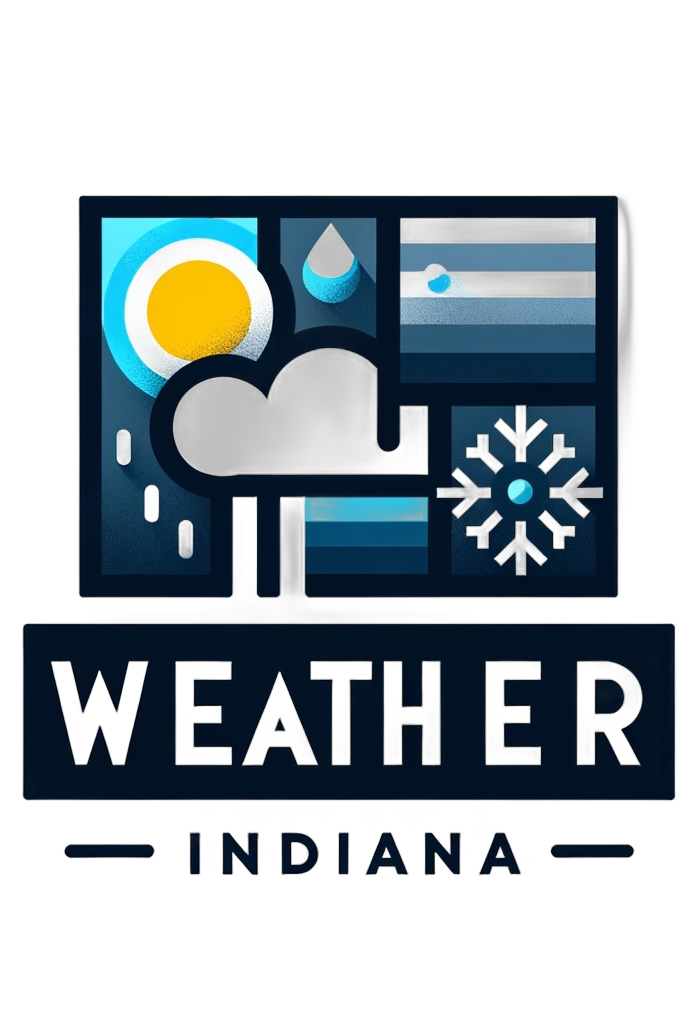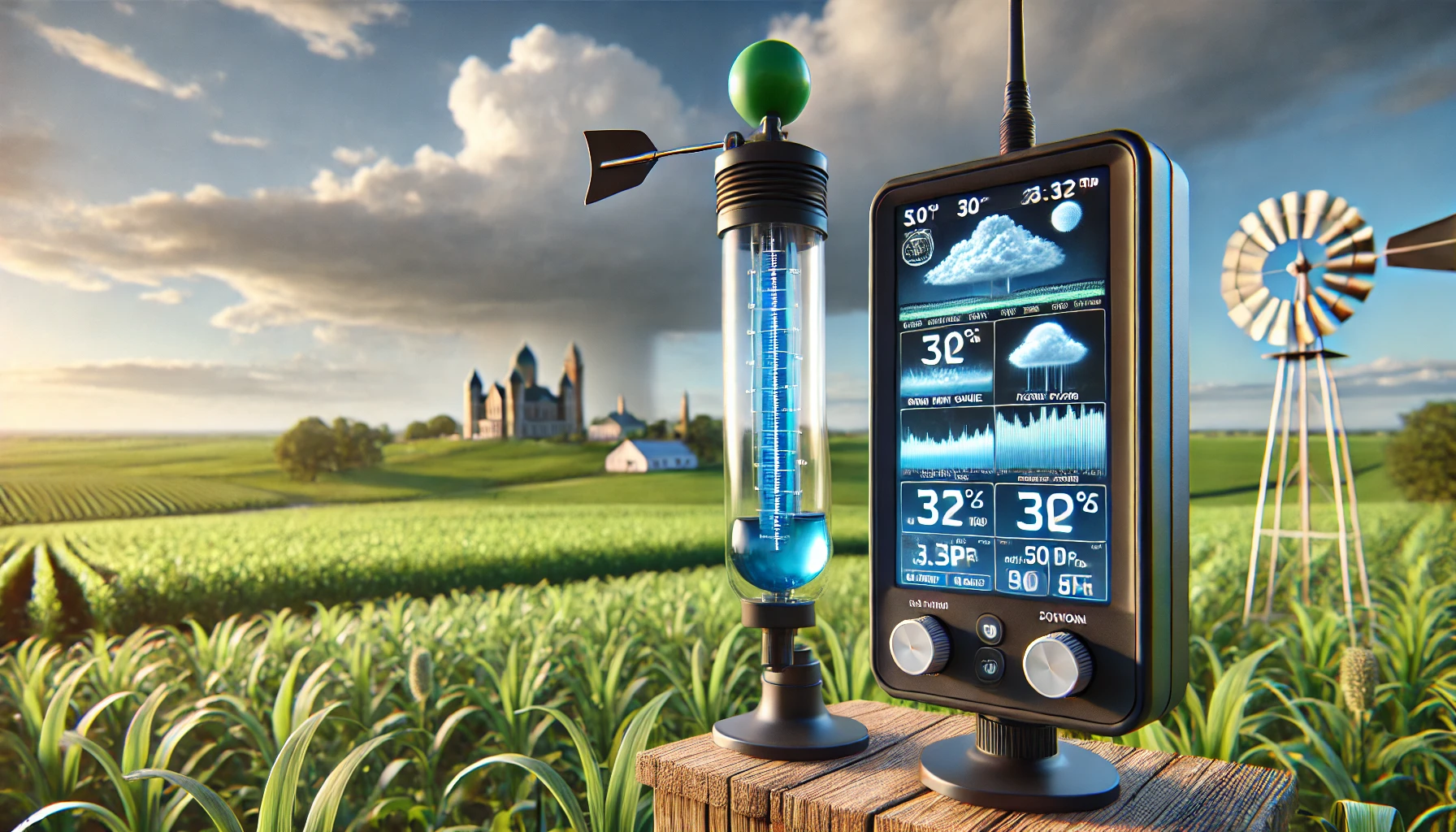Monitoring precipitation is a critical aspect of understanding Indiana’s diverse weather patterns. With its unique climate, characterized by cold winters and hot summers, knowing how to track precipitation can be vital for residents, farmers, and anyone interested in weather phenomena. In this article, we will delve into how to monitor precipitation in Indiana, providing you with practical tools, tips, and expert insights to stay informed and prepared.
Why Monitoring Precipitation is Important
Understanding how to monitor precipitation in Indiana is essential for various reasons:
- Agricultural Planning: Farmers rely heavily on accurate precipitation data to plan their planting and harvesting schedules.
- Flood Prevention: Early detection of heavy rainfall can help mitigate the risks of flooding.
- Water Resource Management: Accurate data helps in managing reservoirs and water supplies effectively.
- Daily Life: Knowing the precipitation levels helps residents prepare for their daily activities and travel plans.
Tools and Techniques for Monitoring Precipitation
Weather Stations
One of the most reliable ways to monitor precipitation is through weather stations. These stations are equipped with advanced instruments that measure various weather parameters, including rainfall, snowfall, and humidity. In Indiana, several local weather stations provide real-time data that you can access online.
- Personal Weather Stations: These are ideal for enthusiasts who want to monitor the weather in their backyard. They can measure precipitation, temperature, and wind speed, providing localized data.
- National Weather Service (NWS): The NWS operates numerous weather stations across Indiana, offering comprehensive and accurate data.
Rain Gauges
A simple yet effective tool, the rain gauge, allows you to measure the amount of rainfall in a specific area. You can easily install a rain gauge in your garden or backyard to monitor local precipitation.
- Manual Rain Gauges: These are basic devices that collect rainwater in a graduated cylinder. You’ll need to check and record the measurements regularly.
- Digital Rain Gauges: These provide automatic readings and can be linked to your smartphone or computer for real-time data tracking.
Weather Apps and Websites
In today’s digital age, several weather apps and websites provide detailed precipitation data. Some of the most popular ones include:
- Weather.com: Offers real-time weather updates, including precipitation levels, forecasts, and alerts.
- AccuWeather: Known for its accurate and localized weather reports, AccuWeather provides comprehensive precipitation data.
- Weather Underground: This platform aggregates data from personal weather stations across Indiana, providing hyper-local precipitation reports.
Interpreting Precipitation Data
Understanding the data collected from these tools is crucial. Here are some key terms and concepts to help you interpret precipitation data:
- Rainfall Rate: This indicates the amount of rain falling over a specific period, usually measured in inches per hour.
- Total Precipitation: The total amount of rain or snow that has fallen over a given period.
- Snow Water Equivalent: For snowfall, this measures the amount of water contained in the snowpack, which is crucial for understanding potential runoff and flooding.
How to Use Precipitation Data
For Agriculture
Farmers can use precipitation data to:
- Plan irrigation schedules, ensuring crops receive adequate water without overwatering.
- Decide the best times for planting and harvesting to optimize crop yield and quality.
- Prepare for potential droughts or excessive rainfall that could impact crop health.
For Flood Prevention
Monitoring precipitation helps communities and authorities:
- Issue early flood warnings to residents.
- Plan and implement flood control measures, such as levees and drainage systems.
- Coordinate emergency response efforts more effectively during heavy rainfall events.
For Everyday Life
Residents can use precipitation data to:
- Plan their travel routes, avoiding areas prone to flooding.
- Schedule outdoor activities and events, ensuring they are not disrupted by unexpected rain.
- Take precautions to protect property from water damage, such as cleaning gutters and securing outdoor furniture.
How to Monitor Precipitation in Indiana
When discussing how to monitor precipitation in Indiana, it’s important to use reliable tools and resources. Installing a personal weather station or using weather apps like Weather.com can provide accurate and timely data. Additionally, utilizing a simple rain gauge can help track local precipitation effectively. Understanding these tools and their applications can significantly enhance your ability to prepare for various weather conditions in Indiana.
Conclusion
Monitoring precipitation in Indiana is not just for weather enthusiasts. It’s a critical practice for farmers, local authorities, and residents alike. By using the tools and techniques discussed in this article, you can stay informed about weather patterns and make better decisions in your daily life. Whether you’re planning your next outdoor adventure or ensuring your crops get the right amount of water, knowing how to monitor precipitation in Indiana is a valuable skill.

